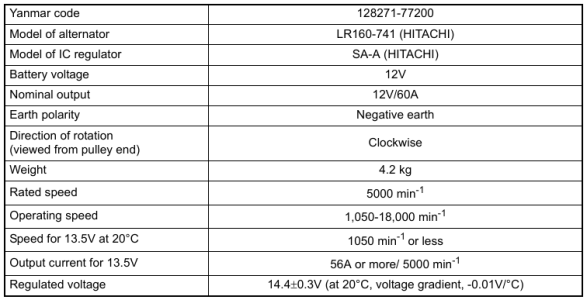andrewAB
Member
My YM30 alternator output seems to have dropped from 14.4V to 14.1V. It's a standard Hitachi 70amp one I think and at most I pull 50 amps for the windlass, or 30 amps fir the inverter and AC freezer.
Also the VSR doesn't seem to function anymore. Maybe coincidence, maybe the lower voltage doesn't activate it. I've disconnected it until I confirm if the alternator us still functional.
Any ideas what the problem may be?
Thanks
Andrew
Also the VSR doesn't seem to function anymore. Maybe coincidence, maybe the lower voltage doesn't activate it. I've disconnected it until I confirm if the alternator us still functional.
Any ideas what the problem may be?
Thanks
Andrew


